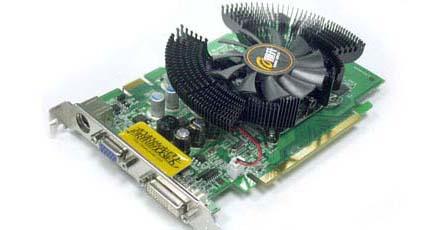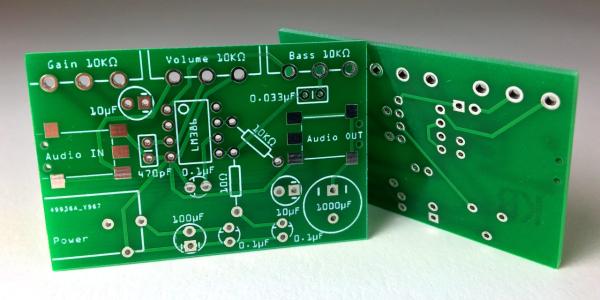How to calculate PCB design line width and current? There are many calculation formulas on the Internet, but in the actual design, the size of the PCB needs to be considered comprehensively, and the appropriate line width should be selected according to the current passing through.

The calculation method is as follows:
Calculate the cross-sectional area of the track first. The copper foil thickness of most PCBs is 35um, multiplying by the line width is the cross-sectional area, pay attention to the conversion to square millimeters.
There is an empirical value of current density, 15~25 ampere/square millimeter, multiplying it by the cross-sectional area is the current capacity.
I=KT0.44A0.75
K: correction factor, generally 0.024 for the inner layer of copper clad wire and 0.048 for the outer layer
T: Maximum temperature rise, in degrees Celsius (the melting point of copper is 1060°C)
A: Copper-clad cross-sectional area, the unit is square MIL (not millimeters, pay attention to square mil)
I: The maximum allowable current, the unit is ampere (amp), generally 10mil=0.010inch=0.254, it can be 1A, 250MIL=6.35mm, it is 8.3A
In addition, the calculation of PCB current-carrying capacity has always lacked authoritative technical methods and formulas. Experienced CAD engineers can make more accurate judgments based on personal experience, but for novices, it can be said to be a difficult problem.
The current-carrying capacity of PCB depends on the following factors: line width, line thickness (copper foil thickness), allowable temperature rise, the wider the PCB trace, the greater the current-carrying capacity.
The milling cutter used in the PCB is also called the gong knife. It is used in the post process of the PCB (or pressing the frame). The main purpose is to use this tool to cut the manufactured circuit board into a separate PCS or SPNL and then ship it to Customer: the product size that the customer ultimately requires.
This tool is mainly used for cutting, the blade and the direction of force are in the transverse direction, similar to a drill bit, but the force and cutting direction of the drill bit are at the drill tip.
1. High hardness and wear resistance: high strength, anti-bending, anti-breaking, long tool life. 2. ?The shape and parameter design of the cutter used, innovative German technology. 3. ? There are many types of tools, suitable for the needs of punching and milling.
PCB design focuses on the service life of the milling cutter and the cutting effect, and can be divided into up and down cutting methods, suitable for single-sided, double-sided or multi-layer printed circuit board materials.

The milling cutter used in the PCB is also called the gong knife. It is used in the post process of the PCB (or pressing the frame). The main purpose is to use this tool to cut the manufactured circuit board into a separate PCS or SPNL and then ship it to Customer: the product size that the customer ultimately requires.
This tool is mainly used for cutting, the blade and the direction of force are in the transverse direction, similar to a drill bit, but the force and cutting direction of the drill bit are at the drill tip.